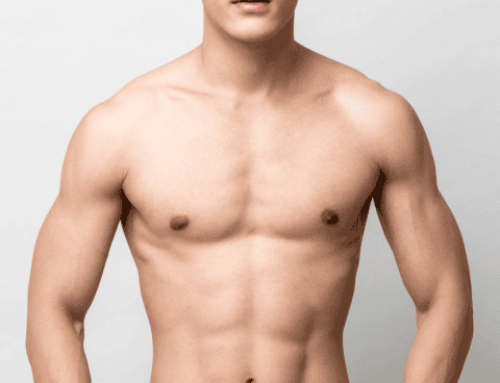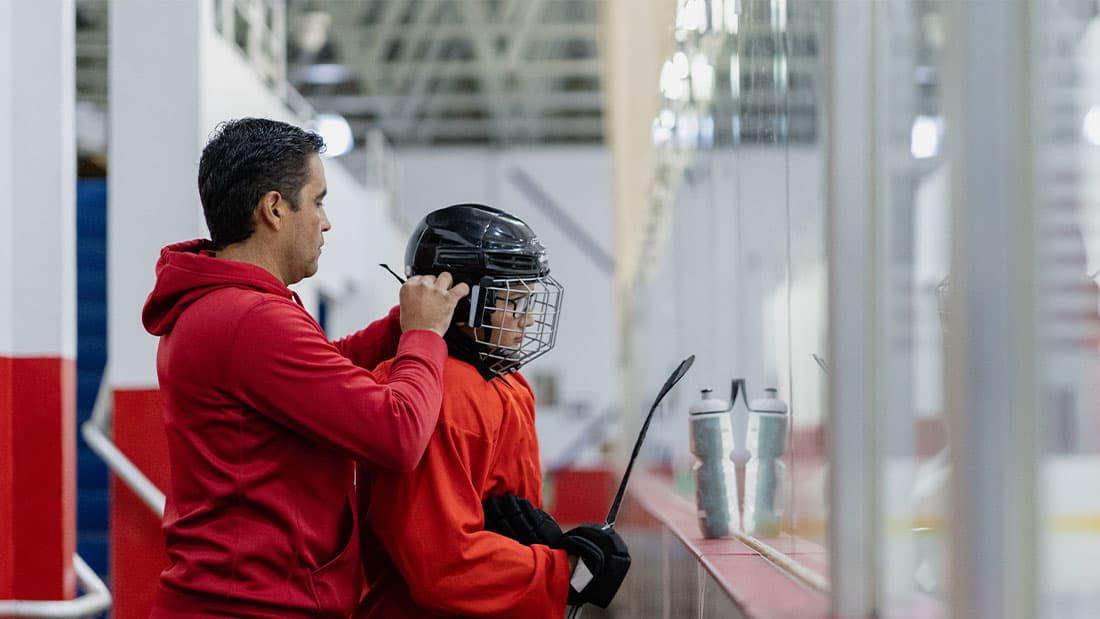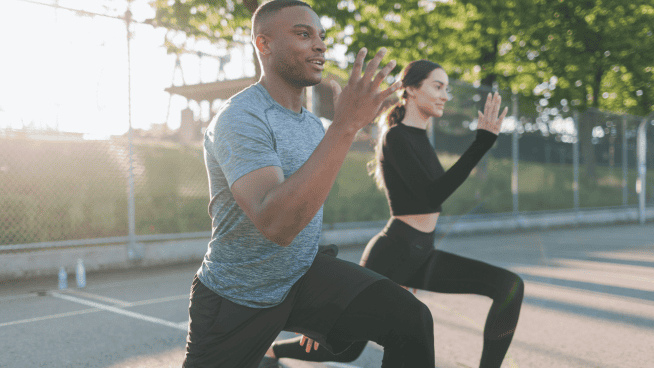Why Your ‘Foot Strike’ Is Key to Throwing Harder (and 5 Tips on How to Improve It)
When talking about how force is transferred from foot strike up into the arm during pitching, I like to use the analogy of “crash test dummies crashing into a wall.”
“Foot strike” simply refers to the instant when a pitcher’s front foot lands on the mound after their leg kick. This single action informs the rest of the pitching delivery, giving it a big influence on your overall mechanics and velocity.
At the position of first foot strike, the force from “blocking” drives the front leg (femur) back and into the acetabulum (socket). This blocking is the trigger that tells the arm to load the lat and get into lay-back. As soon as the front hip (not knee!) starts to extend, the elastic energy that’s built up in the lat from hip/shoulder separation during lay-back is released, accelerating the arm (the crash test dummies) toward the mound.
The better your positioning at foot strike, the harder you should be able to throw. With that in mind, let’s talk about five things that can improve your foot strike.
1. Great Single-Leg Strength
To create good ball and socket congruency (femur centered in the hip) at foot strike to successfully accept and transfer force from the ground and up into the core and eventually the arm, you need excellent single-leg strength. Unilateral exercises like Split Squats and Lunges can help you build the single-leg strength and stability needed to efficiently transfer energy up from your foot strike.
2. Great Hip Mobility (Especially on the Front Hip)
Great hip mobility allows the athlete to not only get into, but maintain, proper positioning while continuing to move down the mound. Great internal rotation of the hip helps prevent us from running out of room at ball release (when the front knee is almost fully extended and getting ready to decelerate through the finish) in order to prevent the arm from “slamming shut.” Mobility in the back hip is crucial as well, as it helps initiate your delivery efficiently. The 90-90 Hip Flow shown above is a great exercise for building better hip mobility.
3. Great Core Strength and Stiffness
Successfully creating a great pre-stretch in the upper half, while transferring force up the chain and into the arm, requires excellent core strength. It also gives us the stiffness needed to “hold” the upper body in place while the lower half starts to rotate, helping to create valuable torque when the upper body finally follows suit.
4. T-Spine Mobility (Rotation/Extension)
On the other side of the mobility equation, t-spine extension is needed to help us adequately load the lats and get into a greater lay back at foot strike. More is not always better, however, as some athletes will actually adopt an overly-extended (flat) upper back posture from going into aggressive lay-back eights months out of the year. For these athletes, rather than programming drills to create more thoracic extension, you are better off giving them drills that encourage flexion. Reaching exercises with the arms, that also round through the upper back can get them back on track as well as help strengthen serratus.
5. Rotator Cuff Strength and Firing Time
The cuff has to be strong and timed up to center the humeral head (ball) on the glenoid fossa (socket) while the arm is accelerating. Perturbations work great to help teach the smaller stabilizers to fire quicker and more efficiently rather than using the bigger prime movers such as the lat and deltoid. Firing time of the cuff is just as important as cuff strength in regards to injury prevention.
Photo Credit: Matt_Brown/iStock
READ MORE:
RECOMMENDED FOR YOU
MOST POPULAR
Why Your ‘Foot Strike’ Is Key to Throwing Harder (and 5 Tips on How to Improve It)
When talking about how force is transferred from foot strike up into the arm during pitching, I like to use the analogy of “crash test dummies crashing into a wall.”
“Foot strike” simply refers to the instant when a pitcher’s front foot lands on the mound after their leg kick. This single action informs the rest of the pitching delivery, giving it a big influence on your overall mechanics and velocity.
At the position of first foot strike, the force from “blocking” drives the front leg (femur) back and into the acetabulum (socket). This blocking is the trigger that tells the arm to load the lat and get into lay-back. As soon as the front hip (not knee!) starts to extend, the elastic energy that’s built up in the lat from hip/shoulder separation during lay-back is released, accelerating the arm (the crash test dummies) toward the mound.
The better your positioning at foot strike, the harder you should be able to throw. With that in mind, let’s talk about five things that can improve your foot strike.
1. Great Single-Leg Strength
To create good ball and socket congruency (femur centered in the hip) at foot strike to successfully accept and transfer force from the ground and up into the core and eventually the arm, you need excellent single-leg strength. Unilateral exercises like Split Squats and Lunges can help you build the single-leg strength and stability needed to efficiently transfer energy up from your foot strike.
2. Great Hip Mobility (Especially on the Front Hip)
Great hip mobility allows the athlete to not only get into, but maintain, proper positioning while continuing to move down the mound. Great internal rotation of the hip helps prevent us from running out of room at ball release (when the front knee is almost fully extended and getting ready to decelerate through the finish) in order to prevent the arm from “slamming shut.” Mobility in the back hip is crucial as well, as it helps initiate your delivery efficiently. The 90-90 Hip Flow shown above is a great exercise for building better hip mobility.
3. Great Core Strength and Stiffness
Successfully creating a great pre-stretch in the upper half, while transferring force up the chain and into the arm, requires excellent core strength. It also gives us the stiffness needed to “hold” the upper body in place while the lower half starts to rotate, helping to create valuable torque when the upper body finally follows suit.
4. T-Spine Mobility (Rotation/Extension)
On the other side of the mobility equation, t-spine extension is needed to help us adequately load the lats and get into a greater lay back at foot strike. More is not always better, however, as some athletes will actually adopt an overly-extended (flat) upper back posture from going into aggressive lay-back eights months out of the year. For these athletes, rather than programming drills to create more thoracic extension, you are better off giving them drills that encourage flexion. Reaching exercises with the arms, that also round through the upper back can get them back on track as well as help strengthen serratus.
5. Rotator Cuff Strength and Firing Time
The cuff has to be strong and timed up to center the humeral head (ball) on the glenoid fossa (socket) while the arm is accelerating. Perturbations work great to help teach the smaller stabilizers to fire quicker and more efficiently rather than using the bigger prime movers such as the lat and deltoid. Firing time of the cuff is just as important as cuff strength in regards to injury prevention.
Photo Credit: Matt_Brown/iStock
READ MORE:











